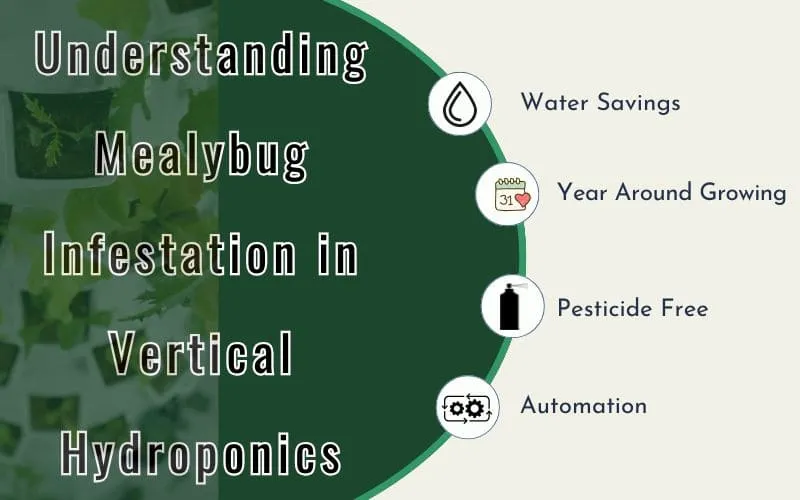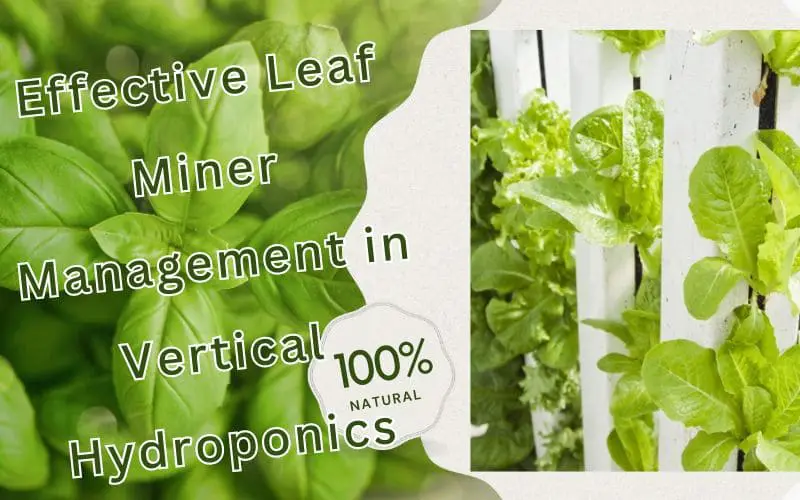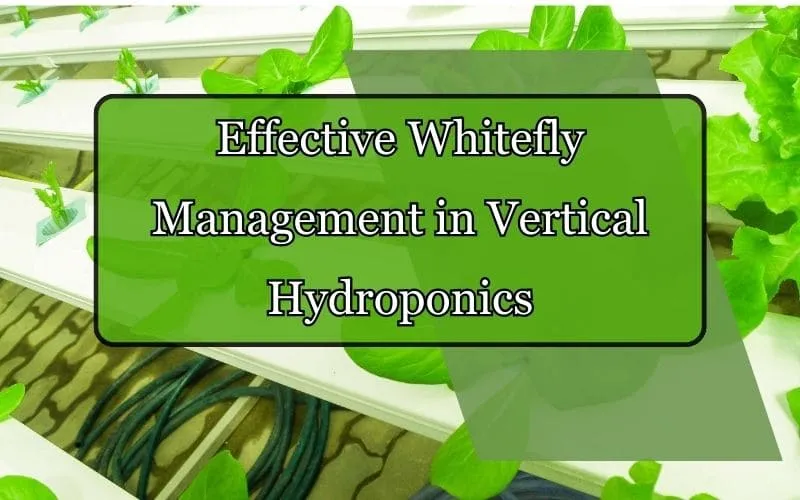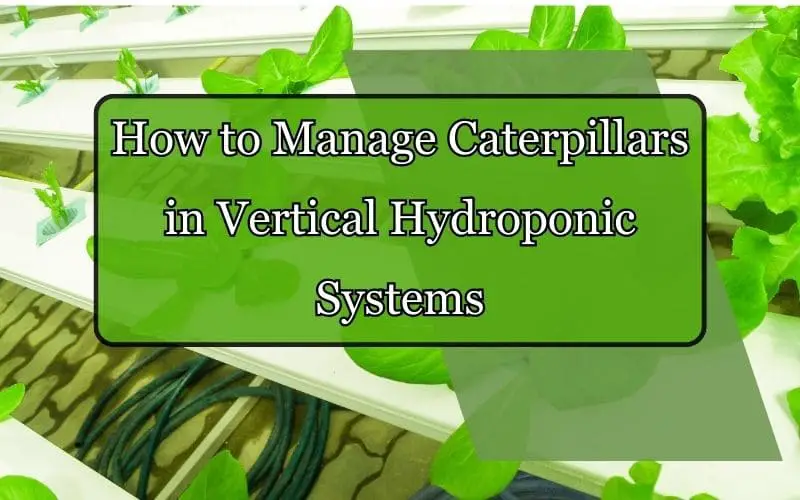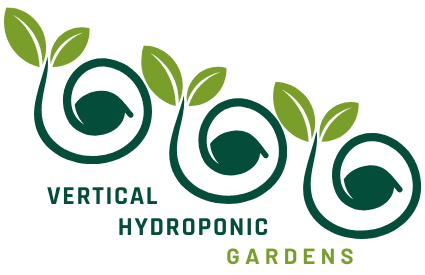Preventing Bacterial Blight in Vertical Hydroponics: Key Strategies

Introduction
Welcome to our comprehensive guide to understanding and preventing bacterial blight in vertical hydroponics. In this article, we will delve into the various aspects of this common disease, its impact, symptoms, prevention strategies, best practices for vertical hydroponics, and much more. Whether you are a beginner or an experienced grower, this guide will equip you with the knowledge to effectively manage bacterial blight in your vertical hydroponic garden.
Understanding Bacterial Blight in Vertical Hydroponics
What is Bacterial Blight?
Bacterial blight is a common plant disease caused by various pathogenic bacteria that can impact the overall health and growth of plants in vertical hydroponic setups. It can affect a wide range of plant varieties and is characterized by necrotic lesions on the leaves, stems, and fruits, leading to stunted growth and reduced crop yield.
- Bacterial blight is more prevalent in warm, humid climates, but it can occur in various growing conditions.
- The disease is highly contagious and can spread rapidly in a hydroponic system, causing widespread damage to the plants.
- There are several species of pathogenic bacteria known to cause bacterial blight, including Pseudomonas syringae and Xanthomonas campestris.
- Early detection and prompt intervention are crucial in managing bacterial blight to prevent its escalation and minimize crop losses.
Impact of Bacterial Blight in Vertical Hydroponics
Bacterial blight has the potential to cause severe disruptions in vertical hydroponic systems, posing significant challenges to growers and their crops. The impact of this disease encompasses various aspects of hydroponic cultivation, ultimately affecting the crop yield and economic sustainability.
- Reduced Crop Quality: Bacterial blight can lead to a decline in crop quality, manifesting as discoloration, wilting, and necrosis of plant tissues. This deterioration directly impacts the market value and consumer appeal of the produce.
- Spreading Contamination: The rapid spread of bacterial blight in hydroponic setups poses a threat to the entire crop in a short time frame. The contamination can affect multiple plants, causing a cascading effect of widespread damage.
- Increased Operational Costs: Growers face rising costs associated with the management of bacterial blight, such as implementing control measures, sourcing disease-resistant cultivars, and potential losses due to reduced harvests.
Addressing the impact of bacterial blight requires vigilant monitoring, proactive strategies for disease management, and an understanding of its implications on the commercial viability of vertical hydroponic systems.
Common Symptoms of Bacterial Blight
- Water-Soaked Lesions on Leaves: Bacterial blight often presents as water-soaked lesions on the leaves of affected plants. These lesions may initially appear as small, discolored spots and can rapidly expand as the infection progresses.
- Wilting: Plants affected by bacterial blight may exhibit wilting, where the leaves and stems lose their firmness and turgidity. This wilting is a result of the bacteria disrupting the plant’s vascular system, leading to reduced water and nutrient transport.
- Discoloration: The presence of bacterial blight can cause noticeable discoloration in the affected foliage. This may include areas of yellowing, browning, or blackening, indicating the impact of the bacterial infection on the plant’s cellular structure.
- Development of Necrotic Patches: As the bacterial blight progresses, infected plant tissues may undergo necrosis, resulting in the development of necrotic patches. These areas appear brown or black and represent the death of plant cells due to the bacterial invasion.
- Variable Symptoms Based on Plant Species and Bacterial Strain: It’s important to note that the specific symptoms of bacterial blight can vary depending on the plant species and the strain of bacteria causing the infection. Understanding the diversity of symptoms across different plants and bacterial strains is crucial for accurate identification and targeted management strategies.
Proper identification and understanding of these symptoms are essential for implementing effective disease control measures in vertical hydroponic systems. By recognizing the signs of bacterial blight early on, growers can take proactive steps to minimize the spread of infection and safeguard the health of their plants.
Key Strategies for Preventing Bacterial Blight
Hygiene and Sanitation Practices
Hygiene and Sanitation Practices
- Effective hygiene and sanitation practices are crucial for preventing the onset and spread of bacterial blight in vertical hydroponics.
- This includes:
- Regular cleaning of equipment
- Disinfection of growing surfaces
- Proper waste management to minimize the presence of pathogens within the growing environment
Enhancing hygiene and sanitation practices in vertical hydroponics is essential to create a healthy and disease-free growing environment. Proper hygiene not only prevents the introduction of harmful pathogens, but also ensures optimal plant growth and development.
Here are some additional practices:
- Implementing a strict cleaning schedule to maintain equipment and growing areas
- Utilizing effective disinfectants that are safe for plants
- Practicing good personal hygiene when interacting with the hydroponic system
- Establishing a waste management system to eliminate the buildup of potential pathogens
Nutrient Management and Balance
Optimal nutrient management and balance play a significant role in preventing bacterial blight in vertical hydroponics. Maintaining proper nutrient levels, pH balance, and ensuring the absence of excess nutrients can help enhance plant immunity and reduce the susceptibility to bacterial infections.
Plant Health Maintenance
Ensuring the optimal health and vigor of plants is crucial in effectively preventing bacterial blight. This section will delve into various key practices and approaches that gardeners and cultivators can implement to maintain the health of their plants and mitigate the risk of bacterial blight.
- Consistent observation of plant health indicators, such as leaf color, growth patterns, and overall vitality
- Identification of any signs of stress or disease onset, including wilting, discoloration, or abnormal growth
- Utilization of technological tools, such as moisture meters and pH meters, to assess environmental conditions and plant health
- Timely adjustment of environmental factors, such as temperature, humidity, and light exposure, to address any stress-inducing conditions
- Protection of plants from extreme weather conditions or sudden fluctuations that can compromise their health
- Implementation of appropriate shading and shelter to shield plants from excessive sun or wind exposure
- Provision of well-balanced nutrients through the use of organic compost, fertilizers, and soil amendments
- Use of appropriate irrigation techniques to ensure consistent moisture levels without waterlogging the soil
- Cultivation of plants in favorable and suitable locations that meet their specific light and soil requirements
Best Practices for Vertical Hydroponics
Choosing Suitable Plant Varieties
When engaging in vertical hydroponics, selecting suitable plant varieties that are less susceptible to bacterial blight can significantly contribute to disease prevention. Certain plant cultivars may exhibit natural resistance or tolerance to specific bacterial pathogens, reducing the overall risk of infection within the hydroponic system.
Optimizing Growing Conditions
Creating optimal growing conditions is crucial for the success of your vertical hydroponic system. By paying close attention to the following factors, you can ensure that your plants thrive in a healthy and disease-resistant environment:
- Air Circulation: Proper air circulation is essential for plant growth. Install fans or vents to maintain a continuous flow of air, which helps in preventing the buildup of excess moisture and inhibits the growth of mold and other harmful organisms.
- Humidity Levels: Maintaining appropriate humidity levels is key to preventing common issues such as mold, mildew, and wilting. Using a hygrometer, monitor and adjust humidity levels as needed to optimize plant growth.
- Light Exposure: Providing sufficient light exposure is vital for photosynthesis and overall plant development. Choose the right combination of natural and artificial light sources to ensure that your plants receive the energy they need to flourish.
By addressing these factors, you can create a favorable environment that deters the proliferation of bacterial pathogens and supports the overall well-being of the plants, leading to impressive growth and bountiful harvests.
Implementing Effective Disease Control Measures
Effective disease control is crucial for maintaining the health and productivity of plants within a vertical hydroponic system. By implementing proactive measures, growers can minimize the risk of infections and ensure the well-being of their crops. Here are some comprehensive strategies to effectively control diseases within a vertical hydroponic setup:
- Implement Routine Monitoring: Regular surveillance and observation of plant health are essential to detect early signs of infection. This involves closely inspecting the foliage, stems, and roots for any abnormal growth, discoloration, or lesions.
- Isolation of Affected Plants: Upon detecting symptoms of infection, it is imperative to promptly isolate the affected plants to prevent the spread of disease to healthy plants. This can be achieved by physically separating the infected plants or employing partitioning methods within the hydroponic system.
- Utilize Safe and Approved Control Agents: When addressing disease outbreaks, it is important to use control agents that are both safe for plants and approved for use in hydroponic systems. This can include biocontrol agents, organic fungicides, or other proven treatment methods.
- Implement Preventive Measures: In addition to reactive strategies, it is beneficial to integrate preventive measures such as maintaining optimal environmental conditions, practicing good hygiene, and adhering to proper plant spacing to minimize the risk of disease outbreaks.
- Record Keeping and Analysis: Keeping detailed records of disease incidents, control measures implemented, and their outcomes can provide valuable insights for future disease management and prevention.
By employing these rigorous disease control measures, growers can effectively manage and prevent the spread of bacterial blight and other potential diseases, ensuring the sustained success of their vertical hydroponic cultivation.
Conclusion
In conclusion, understanding the dynamics of bacterial blight in vertical hydroponics is essential for successful disease management and prevention. By implementing proper hygiene practices, maintaining optimal plant health, and adhering to best practices for disease control, growers can effectively protect their hydroponic crops from the detrimental effects of bacterial blight. With a comprehensive understanding of the disease and strategic prevention strategies, growers can foster a thriving and resilient vertical hydroponic garden.
